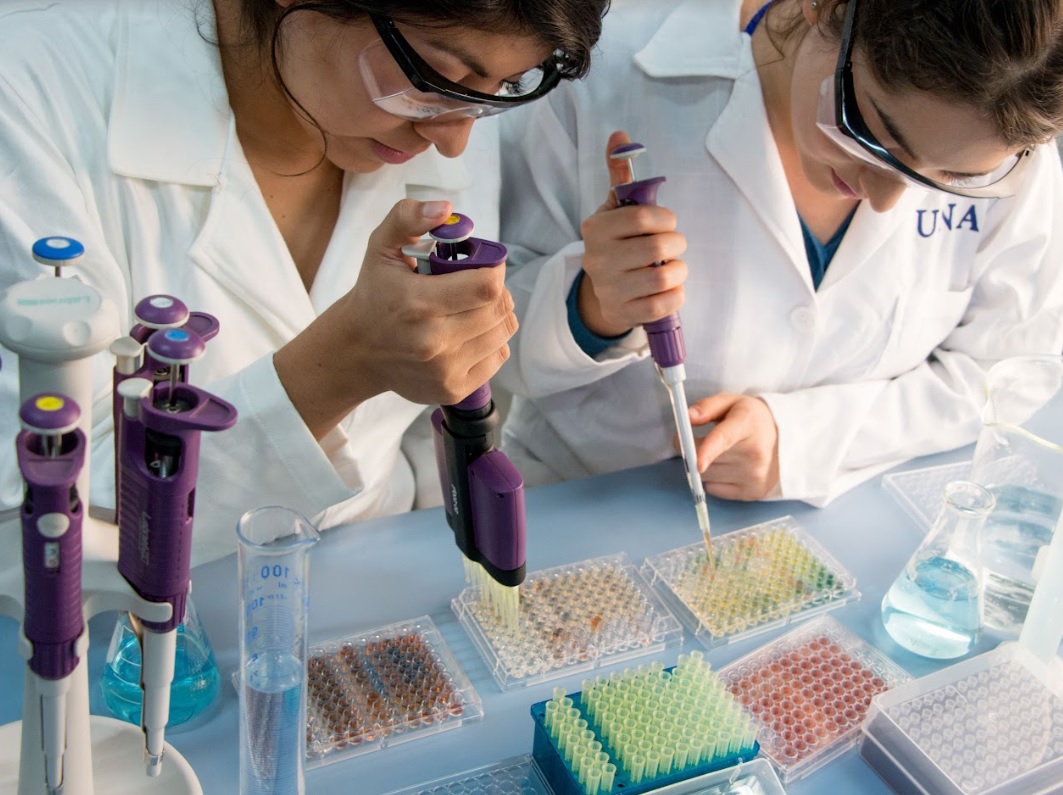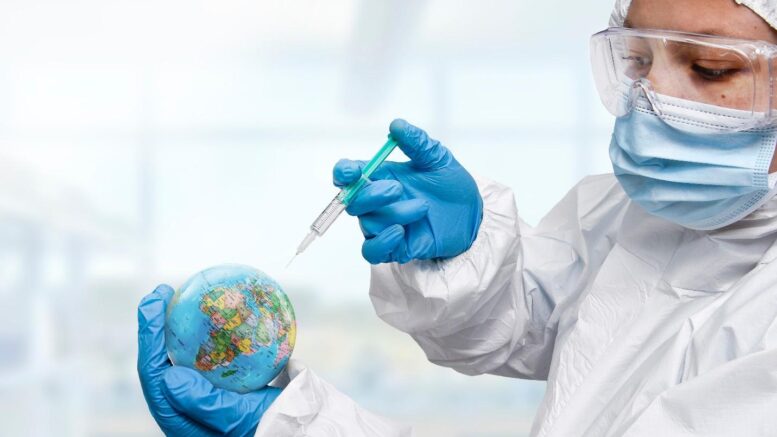As we delve into molecular biology, we find ourselves examining the remarkable technique known as Real-Time PCR. Over the years, this advanced method has significantly impacted various fields, including research, diagnostics, and forensics, by providing accurate and rapid results. Real-Time PCR has become an essential tool for scientists, continually pushing the boundaries of molecular analysis.
This article will explore this important molecular biology technique, Real-Time PCR, and its significance in research, diagnostics, and forensics. Let’s uncover the basic concept of Real-Time PCR and its ten key advantages that make it a vital tool in modern molecular biology.
What Is Real-Time PCR?
Before we dive into the realm of Real-Time PCR, let’s first define it. Real-Time PCR, also known as quantitative PCR or qPCR, is a cutting-edge technique that allows for the simultaneous amplification and detection of specific DNA sequences. This ingenious method combines the power of traditional PCR with the precision of fluorescence detection to monitor the progress of the reaction in real time.
The fundamental principle of Real-Time PCR involves the use of fluorescent dyes or probes that emit light when bound to the amplified DNA. As the reaction progresses, the accumulation of fluorescent molecules provides a direct measure of the amount of target DNA present. This feature distinguishes Real Time PCR from traditional PCR methods, which rely on end-point detection and lack real-time monitoring capabilities.
10 Advantages of Real-Time PCR
Now that we’ve unveiled the basics of Real-Time PCR let’s embark on an exciting adventure through its ten most alluring advantages.
1. High Sensitivity
One of the most enchanting features of Real-Time PCR is its unparalleled sensitivity. This technique can detect even the faintest whisper of target DNA, as little as a single copy, making it the ultimate sleuth for tracking down elusive genetic material. This extraordinary sensitivity makes Real-Time PCR the go-to method for detecting low-abundance transcripts and rare mutations, opening doors to new realms of scientific discovery.
2. Speed and Efficiency
Real-Time PCR is the Usain Bolt of molecular biology techniques. Its rapid turnaround time leaves traditional PCR methods in the dust, accelerating the pace of research and discovery. Thanks to its real-time monitoring capabilities, scientists can now obtain results in mere hours rather than the days required by conventional methods. The increased speed and efficiency of Real-Time PCR have propelled it to the forefront of molecular biology, making it an indispensable tool for modern scientists.
3. Quantitative Analysis
Real-Time PCR allows for precise quantification of nucleic acids. Unlike traditional PCR, which only provides qualitative results, Real-Time PCR can directly measure the amount of target DNA present in a sample. This is made possible by the technique’s real-time monitoring capabilities, which enable researchers to track the progress of the PCR reaction and calculate the initial amount of target DNA with high accuracy.

4. Simultaneous Detection of Multiple Targets
Real-Time PCR is capable of simultaneously detecting multiple targets within a single reaction. This remarkable feature, known as multiplexing, enables researchers to study several genes or sequences at once, significantly increasing throughput and conserving precious samples. Multiplexing is made possible by employing multiple fluorescent probes or dyes, each with a unique emission spectrum, allowing scientists to identify and quantify several target sequences in parallel.
5. Reduced Risk of Contamination
Real-Time PCR is a molecular fortress that safeguards against contamination. Its closed-tube system eliminates the need for post-amplification processing, thereby reducing the chances of sample cross-contamination. This feature is particularly crucial for diagnostic applications and forensic investigations, where the integrity of the results is paramount. By minimizing the risk of contamination, Real-Time PCR ensures that your data remains pristine and trustworthy.
6. Wide Dynamic Range
Real-Time PCR boasts an impressively wide dynamic range, allowing it to accurately quantify DNA across various concentrations. This flexibility enables scientists to analyze samples with vastly different amounts of target DNA, from the most abundant to the most scarce, all within a single experiment. The wide dynamic range of Real-Time PCR not only streamlines experimental design but also increases the reliability and reproducibility of the results.
7. Increased Precision
The real-time monitoring of PCR reactions provides a continuous record of amplification, allowing scientists to pinpoint the exact moment when the reaction reaches its exponential phase. This feature eliminates the guesswork and variability associated with end-point detection methods, ensuring that the results are accurate and reproducible every single time.
8. Automated analysis
Real-Time PCR has revolutionized the field of experimental data analysis with its ability to automate the entire process from fluorescence detection to data interpretation. This advanced technological capability eliminates the potential for manual errors and ensures consistent and accurate results across multiple experiments. In addition to saving time and effort, this level of automation also provides scientists with confidence in the reliability of their data.
With sophisticated software controlling every step of the process, accuracy is maximized while eliminating any possibility of inconsistencies due to human error. As such, Real-Time PCR has become an invaluable tool for those seeking precise, reliable results consistently.
9. Flexibility in Assay Design
Real-Time PCR is a versatile technique that can be adapted to various experimental designs and applications. Researchers can tailor their assays to suit their specific needs, such as gene expression analysis, genotyping, viral load quantification, or copy number variation detection. This adaptability makes Real-Time PCR a valuable tool for various molecular biology applications.
10. Extensive Applications
The capabilities of Real-Time PCR make it an essential tool for various applications in research, diagnostics, and forensics. In research, it is widely used for gene expression analysis, genotyping, and studying genetic variations. In diagnostics, it is employed for detecting infectious diseases, identifying cancer biomarkers, and facilitating personalized medicine. In forensics, it is utilized for DNA profiling and species identification, among other applications.
Conclusion
Real-Time PCR has revolutionized molecular biology, providing researchers with a powerful and versatile tool. Its remarkable sensitivity and speed, as well as its accuracy and flexibility, make it an essential technique for exploring the mysteries of life. Through Real-Time PCR, scientists can detect even the tiniest differences in gene expression with unprecedented precision.
